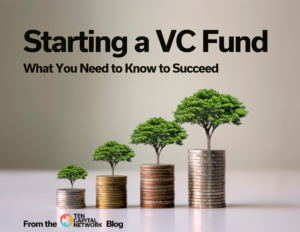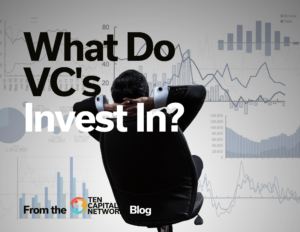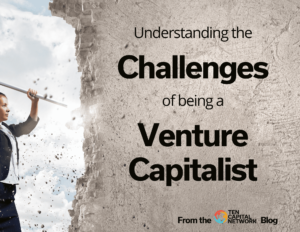
Starting a VC Fund: What You Need to Know to Succeed
2 min read. If you have a track record for successfully investing, you may consider starting your own fund. At the time of writing, there

2 min read. If you have a track record for successfully investing, you may consider starting your own fund. At the time of writing, there

1 min read What do VCs Invest In? What do VCs Invest In? I’m often asked what venture capital looks for. When looking to invest,

1 min read VCs are a form of private equity financing provided by venture capital firms to startups and early-stage companies. Generally, venture capitalists are

In the past Venture Capitalists stood in the shadows of their successful portfolio companies. Venture Capitalists would hint about their contribution and use veiled wording

When I look through my LinkedIn network these days it appears every fifth contact is a venture capitalist of one kind or another. When I